Summary
1993’sThe Fugitivewas a runaway success.
The film starsHarrison Fordas Dr. Richard Kimble, aman on the lamafter being framed for killing his wife.
Hot on his trail isTommy Lee Jonesas thebulldog U.S. Marshaltasked with finding him.
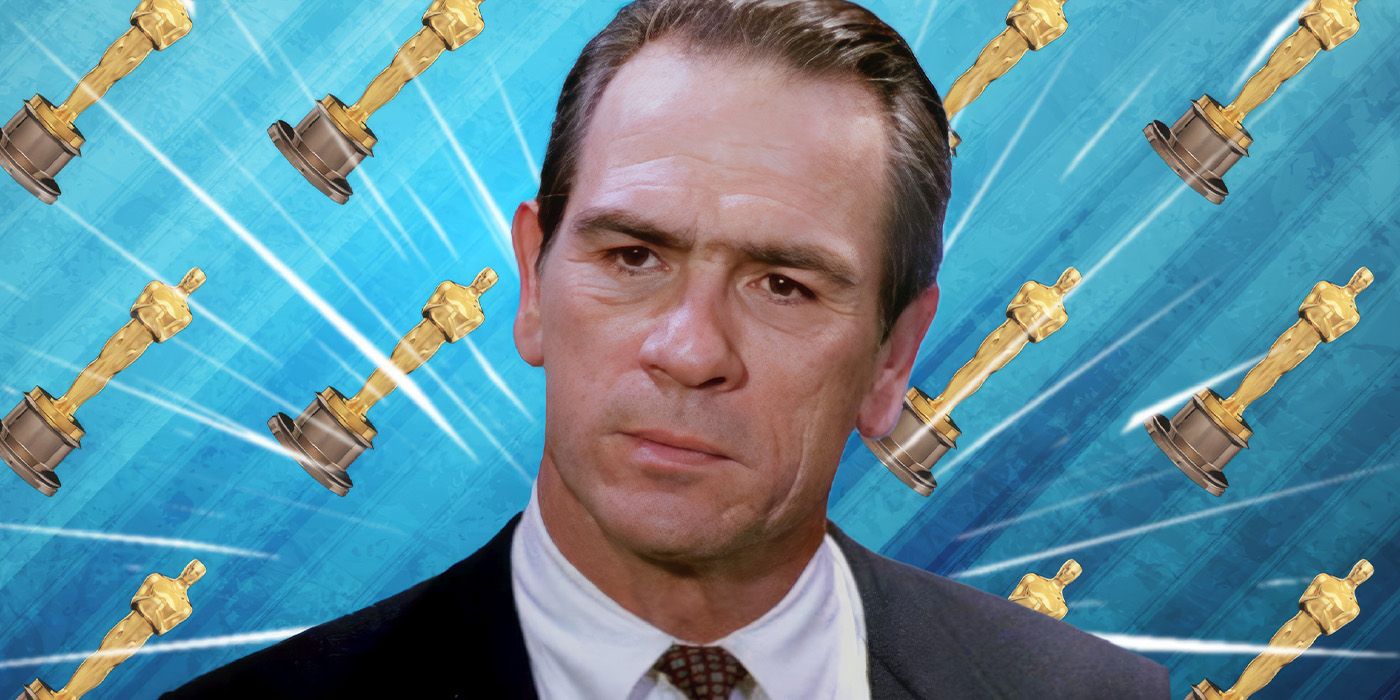
Custom Image by Zanda Rice
Yet, few know the film’s troubled production went off the rails as much as that train did!
The results netted him an Oscar.
Ascript without an endingand afrighteningly short shooting windowkicked up a perfect storm of headaches on set.
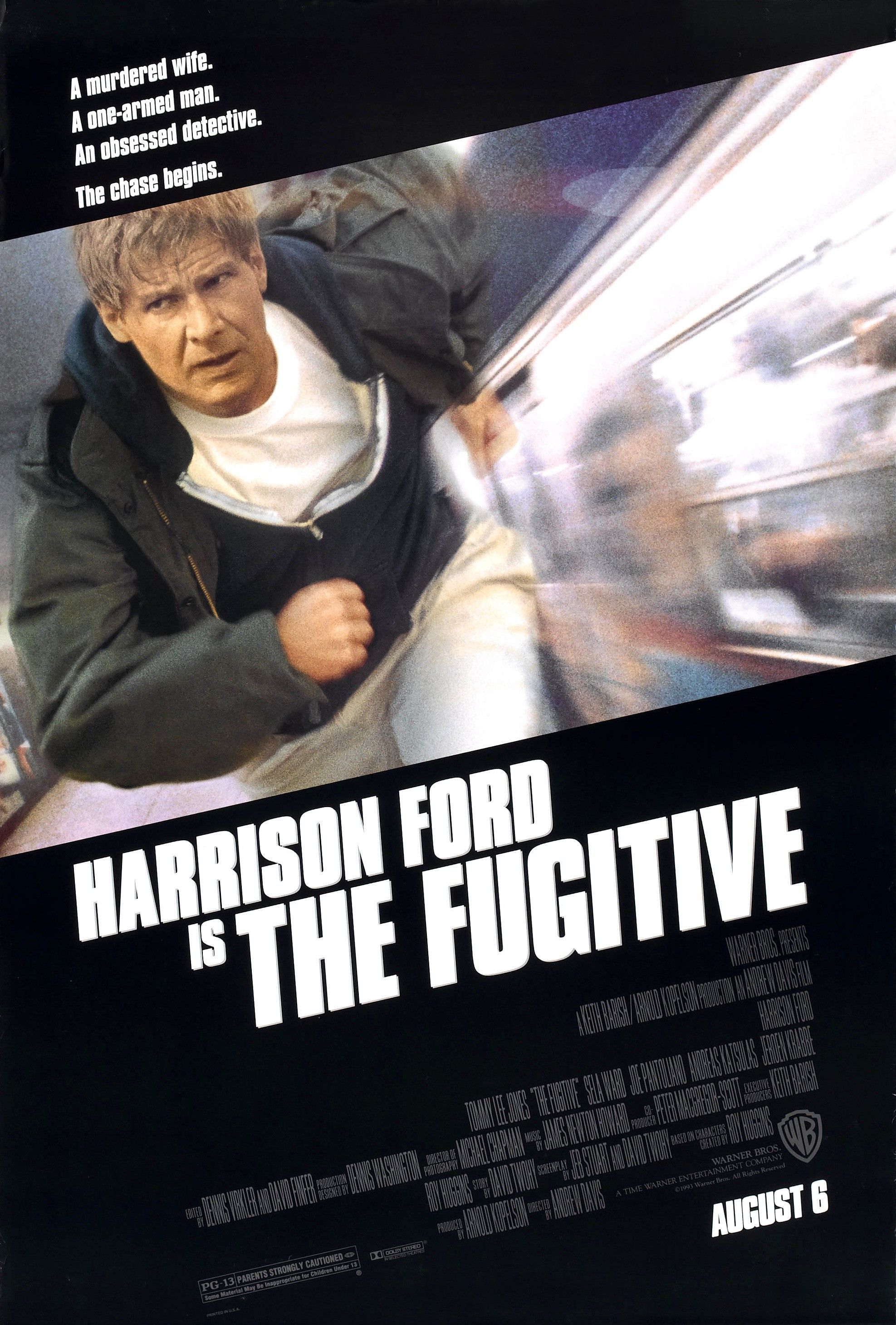
Worse yet, the writers still hadn’t crafted the motivation for the killing of Kimble’s wife.
Per directorAndrew DavisviaRolling Stone, saying,“One early script I saw was totally ridiculous.
I think Walter Hill had developed it.
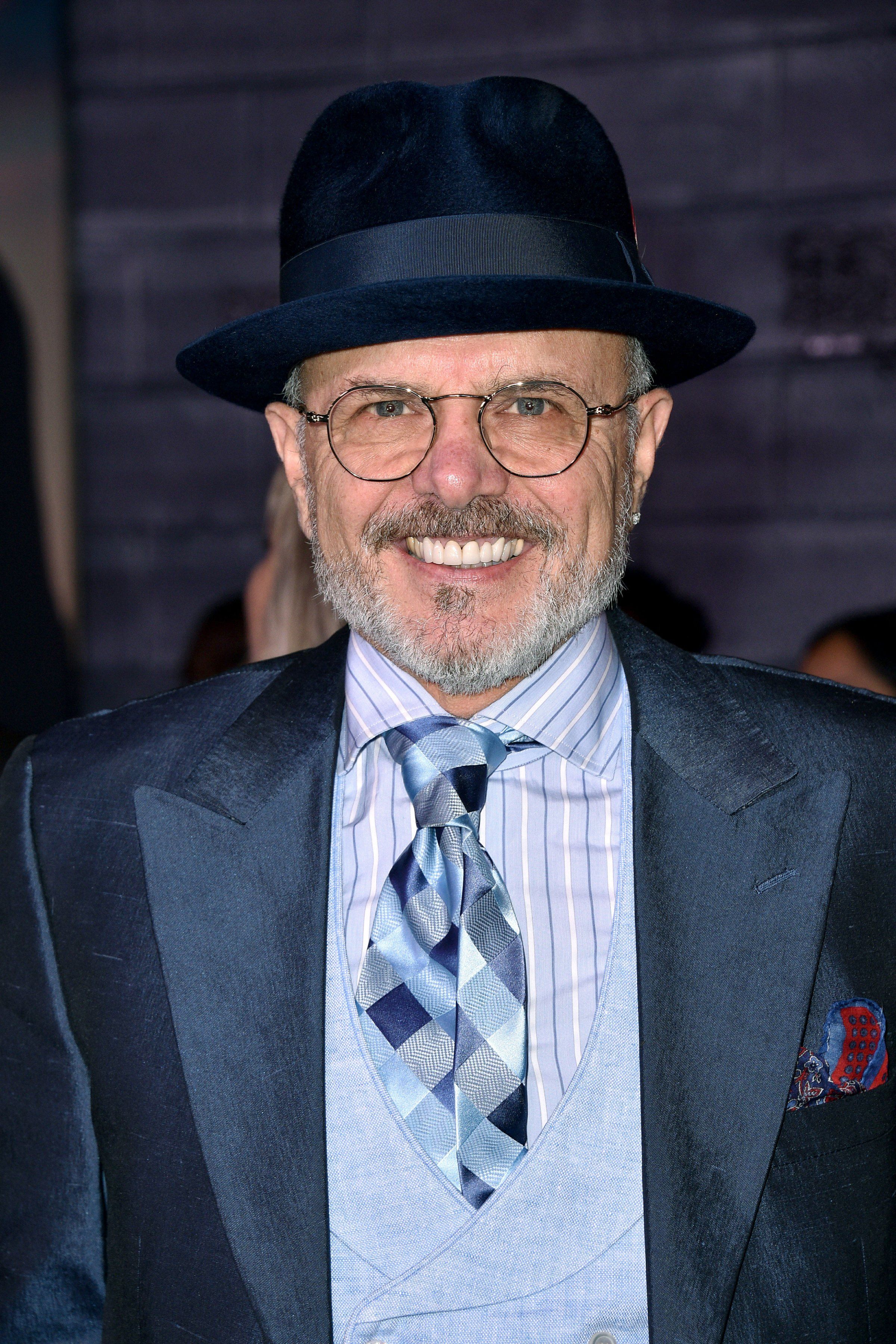
Needless to say, the story was still in flux.
The film’s tight production window meant it had to begin shooting in November for an August release.
Per Davis, “One of the only sets was the apartment where the murder took place.”

The results aided the film’s authenticity while also buying precious time for the crew to finish shooting.
But for every victory, the production saw an equal setback.
Luckily, there was an easy fix in the story for Ford to shave while avoiding the authorities.
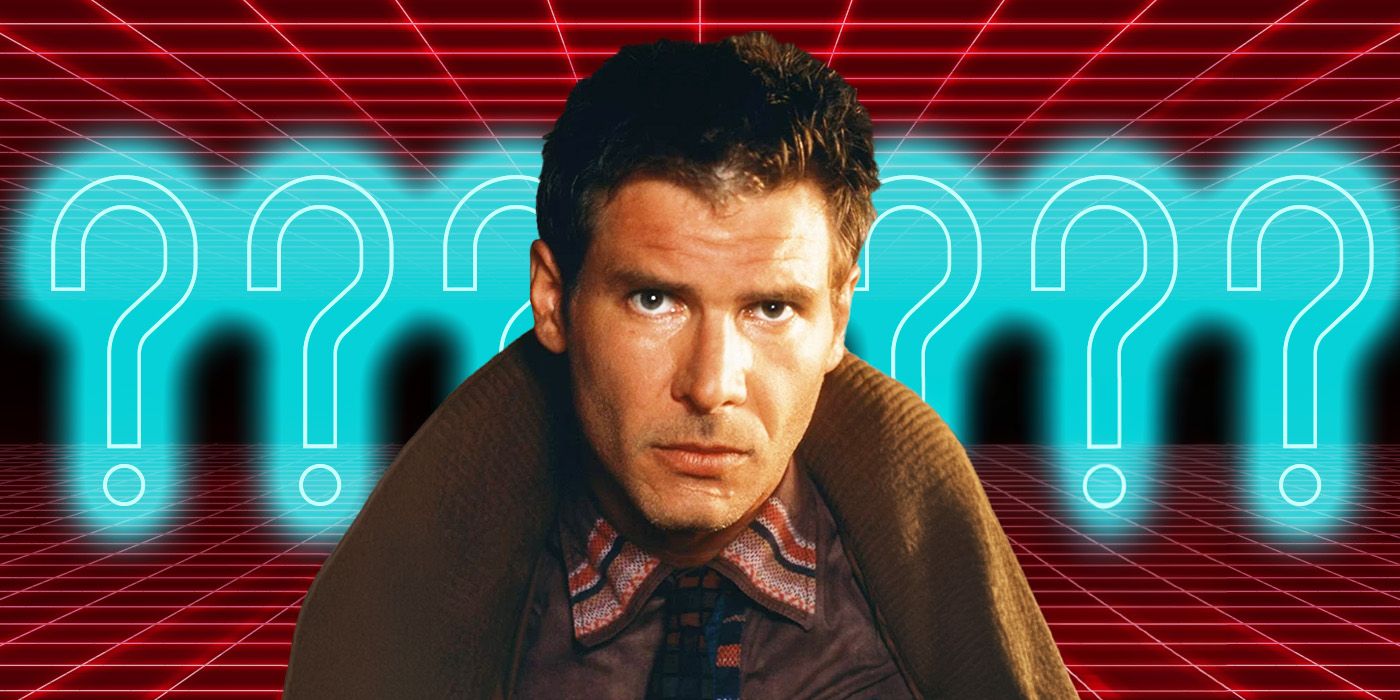
Quick turns like that became the norm on set asthe production devolved into big budget improv.
Tommy Lee Jones' Improvisation Made His Character More Authentic
The group of actors playing the U.S. Jones would even improvise them himself when cameras rolled.
He was very good at that, very quick in that regard.”
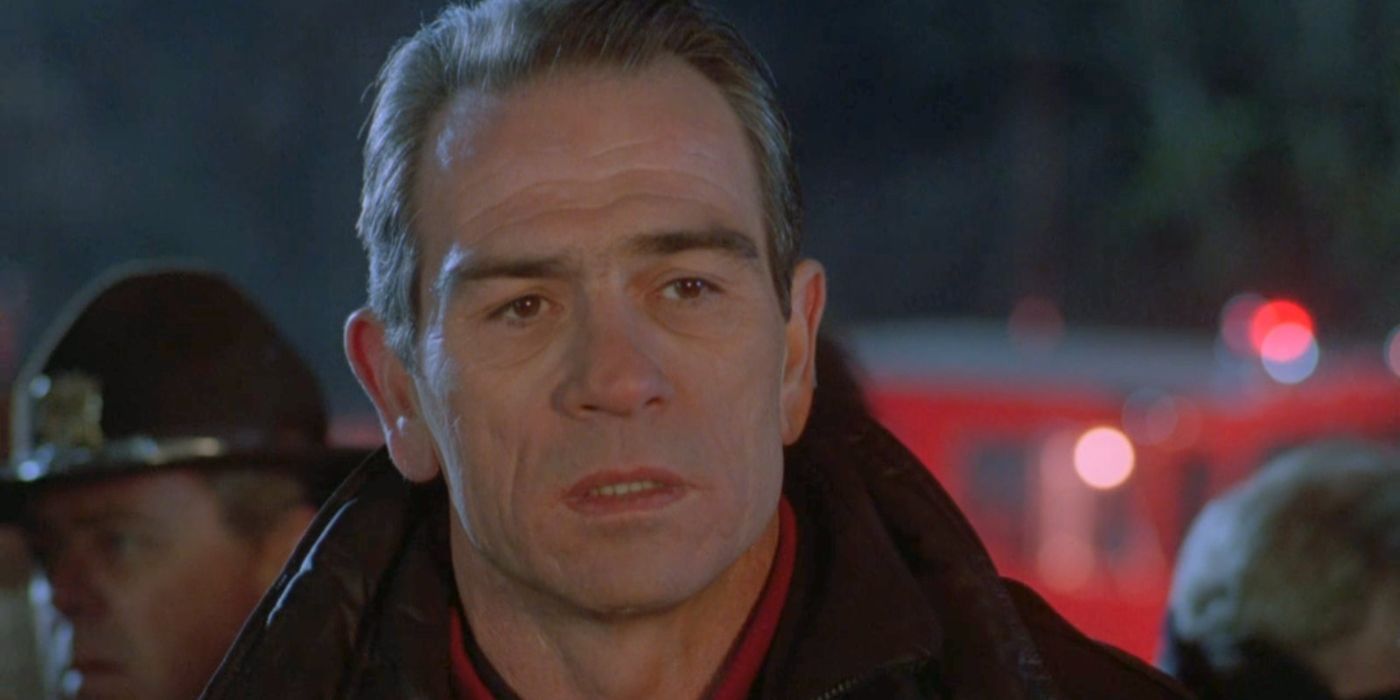
Image via Warner Bros.
The camaraderie of the U.S.
Marshals was a highlight of the film, bringing much needed levity to an otherwise somber story.
Improvisation even made its way into pivotal scenes, like the iconic dam-jumping sequence.
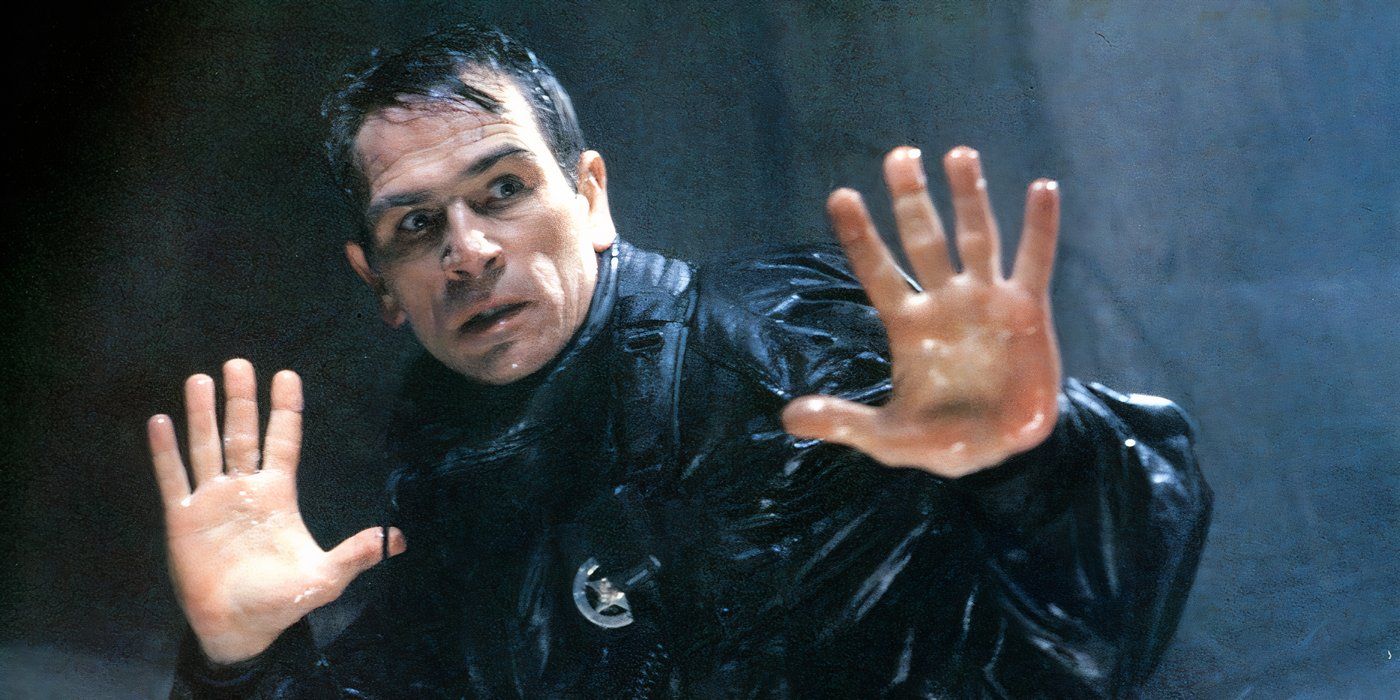
Image via Warner Bros.
In the film’s first act, Ford finds himself cornered by Jones inside the labyrinthine storm drain system.
Marshal he was shadowing.
In Pantoliano’s own words: “We met with real U.S. Tommy and I had a battle over who would say that line.

Tommy, of course, won.”
Ridley Scott and Harrison Ford discuss the question to this day.
By the timeThe Fugitivewas released in theaters, many scenes featuring the U.S.

Marshals team were completely improvised,according to actorDanial Robuck.
Interestingly enough, the scenes served as about half of Jones' entire screen time in the film.
This all became evident on the night he filmed hisiconic sceneinThe Fugitivewhich kicks off the manhunt for Richard Kimble.
‘Every doghouse, outhouse….’ That was written by marketing people."
Studio marketers were trying to find a way to promote the movie which wasreleasing in just a few months.
The result was the now famous"outhouse speech"featured heavily in the trailers.
With a gun drawn, Kimble proclaims, “I didn’t kill my wife!”
Gerard counters with the classic line, “I don’t care!”
The line was born from Jones' understanding of law enforcement culture.
Jones was experimenting with alternate lines to get the sentiment of “not caring” across.
Stewart explained, “Were all freezing.
And Tommy keeps saying, ‘No, I dont like that line.
It doesnt work.’
And we had, ‘I dont care’ in the script, but he kept trying others.
And so after a while I just said, ‘Why dont you just try, I dont care?’
And once he did it, Andy Davis said, ‘Thats it.
The Fugitiveis available to watch on Prime Video in the U.S.
Watch on Prime Video